Wildlife: New Theories about Alligators
Wednesday, May 14th, 2014This is Passport to Texas
Drought affects different species in different ways. In the case of the American Alligator, recent dry conditions have affected this once-threatened species’ reproduction.
15— What we found was the size of the clutch of eggs – or the number of eggs in the clutch – that females lay doesn’t change during drought years. But, the number of hatchlings that are produced from a clutch of eggs decreases substantially.
Cord Eversole is a graduate student at A&M-Kingsville and a research assistant at Caesar Kleberg Wildlife Research Institute. He studies gators.
12— We thought that what we were going to end up finding was during these drought years the clutch size would decrease, but the number of alligators produced from the clutch would stay constant across the years. We found the opposite.
He said turning old theories inside out is exciting.
26— The exciting thing about alligator research in general is that — believe it or not –there’s been very few studies conducted on them throughout their range, but more specifically in Texas, there’s only been a handful of studies conducted in the state. And so, a lot of the information we gather from my study and studies that are coming up in the future, they’re going to produce brand new information, put new twists on old thoughts of how things work with alligators in general.
The more we understand environmental effects on species like the American Alligator, the better able we are to manage them.
The Wildlife and Sport Fish Restoration program supports our series and funds diverse conservation projects throughout Texas.
For Texas Parks and Wildlife, I’m Cecilia Nasti.
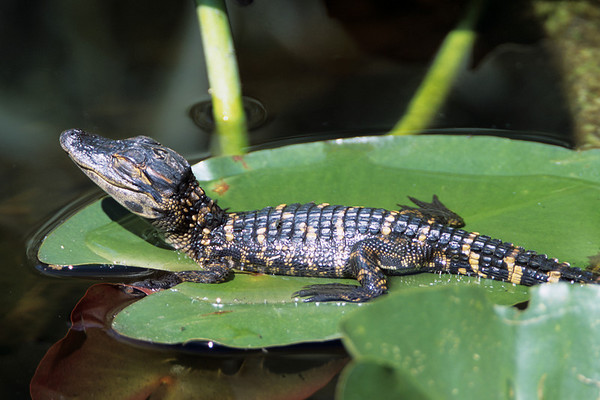

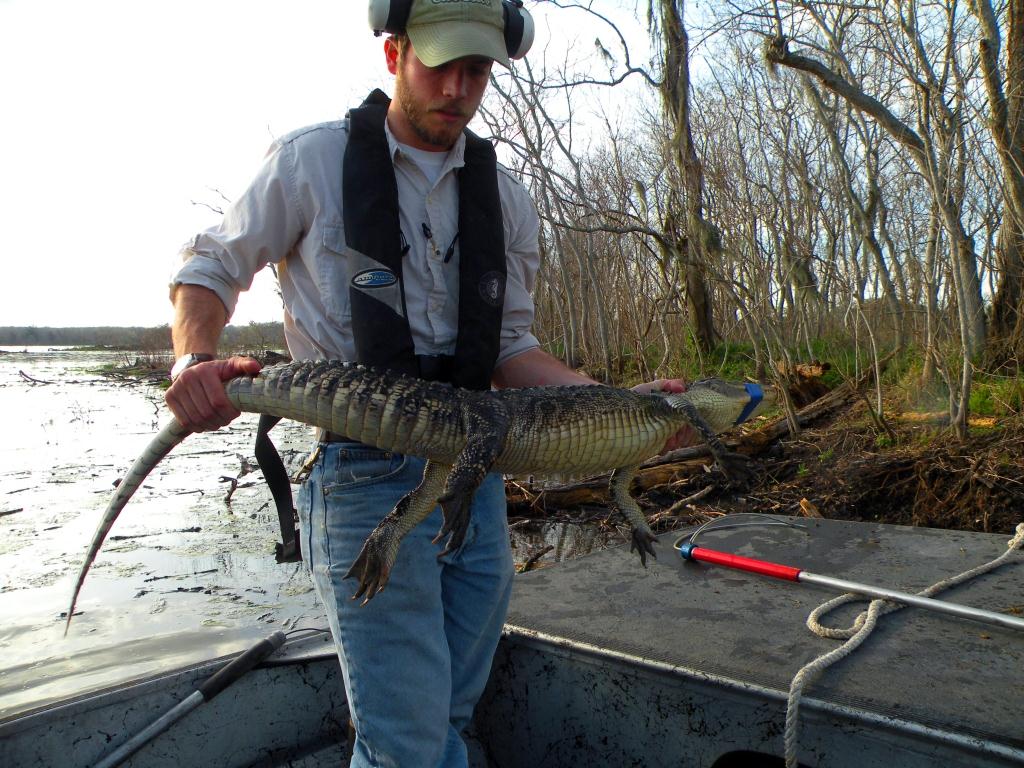
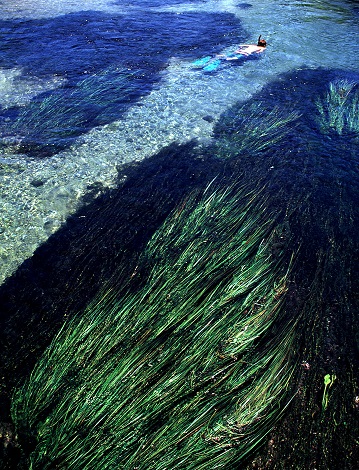
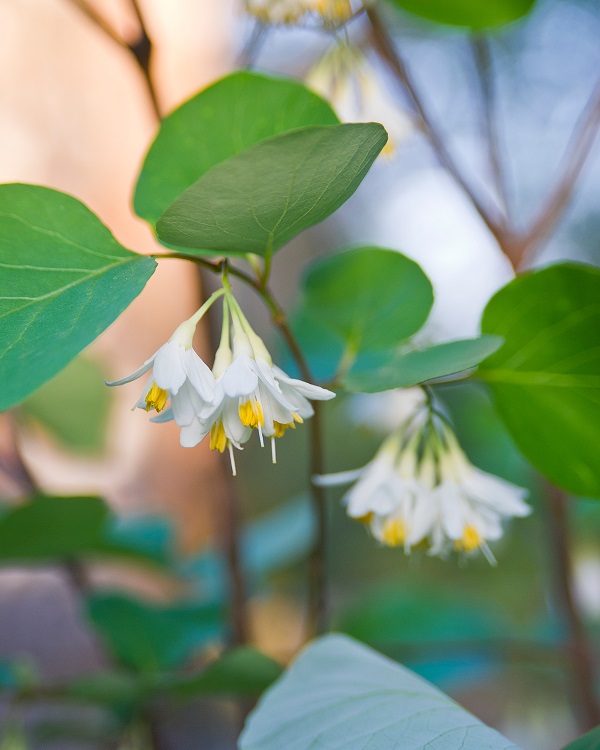
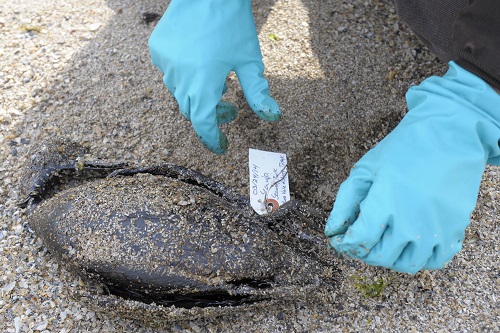

 Passport to Texas is a
Passport to Texas is a  Passport to Texas is made available by:
Passport to Texas is made available by: